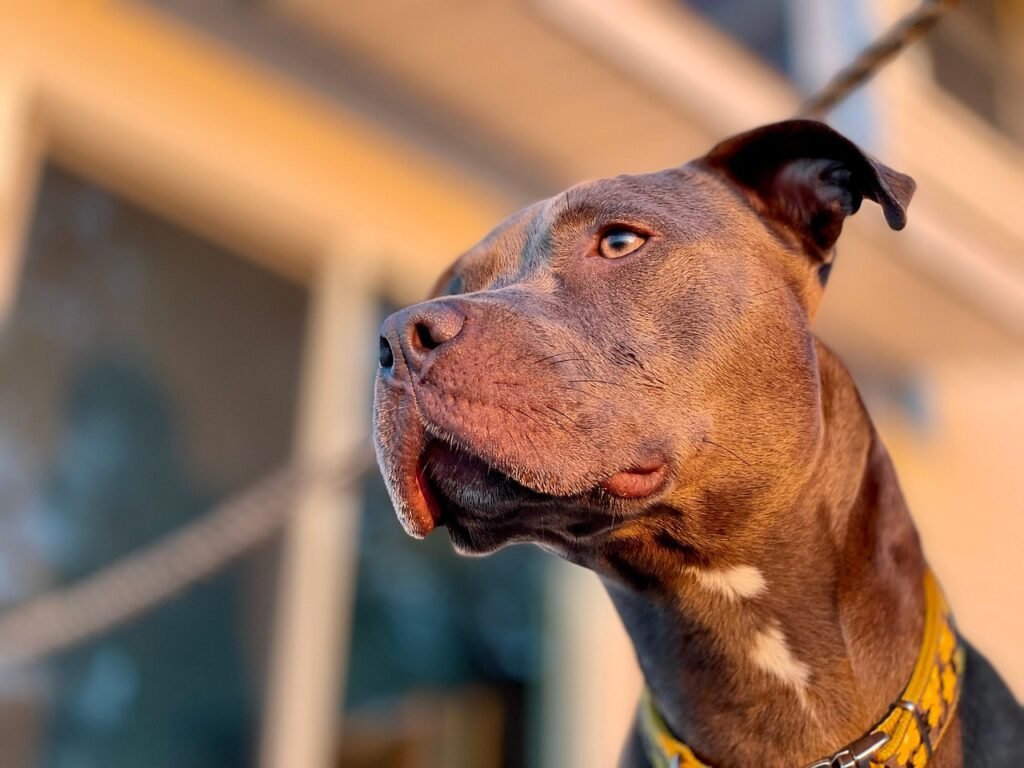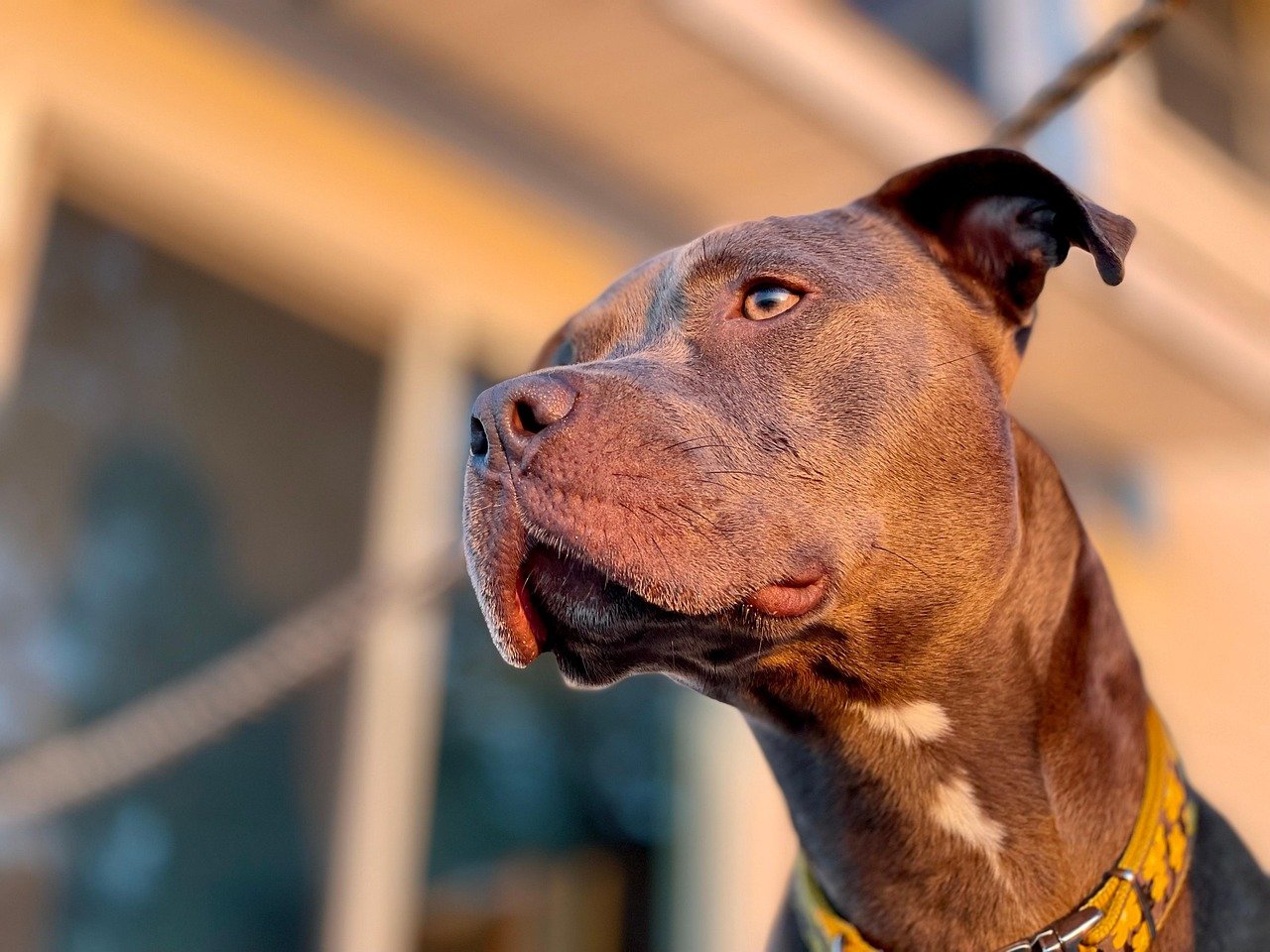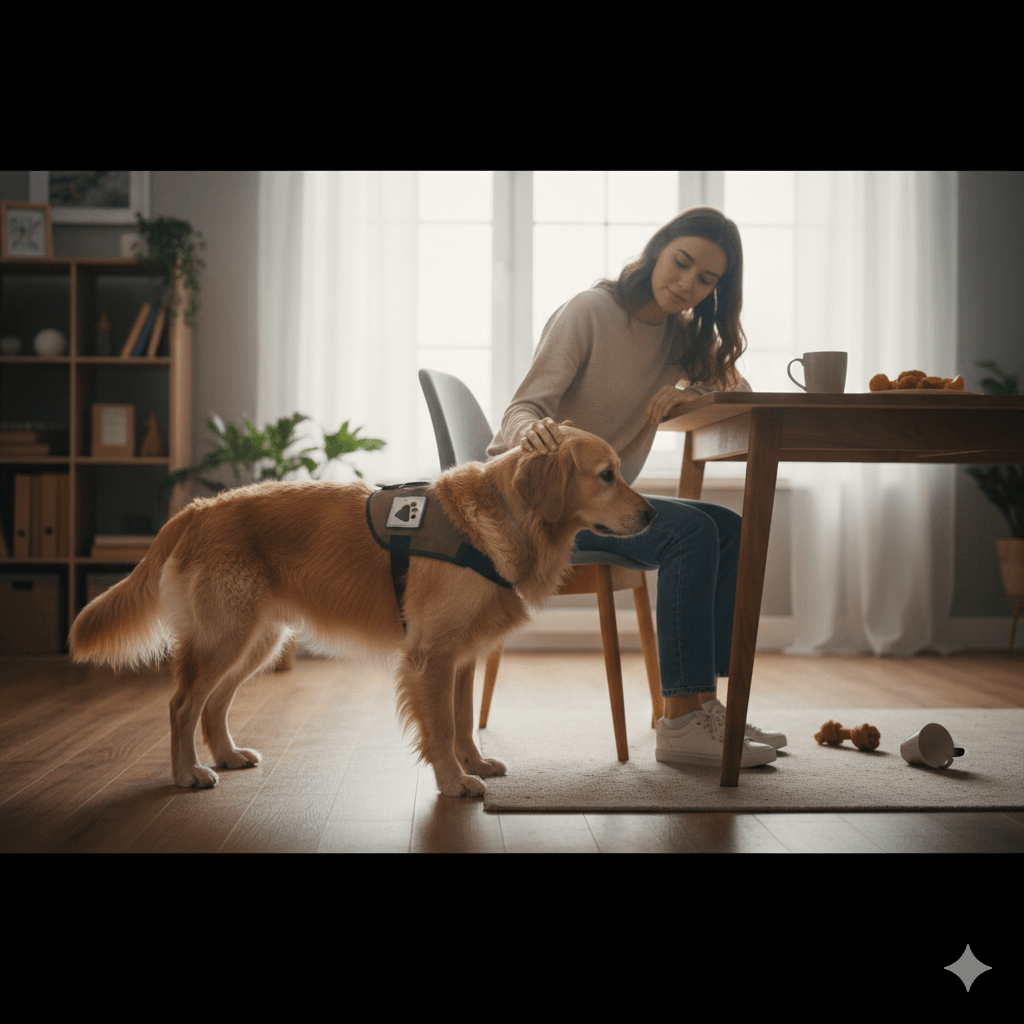Why Does My Dog Sleep Between My Legs?
If you’ve ever woken up to find your furry friend snuggled between your legs, you’re not alone. This quirky sleeping position is a common behavior among dogs and often leaves owners wondering what it means. While it may seem unusual, this habit is rooted in your dog’s instincts, emotions, and desire for connection. From seeking warmth to expressing loyalty, there are many reasons why your dog might choose this cozy spot. In this blog post, we’ll explore the possible explanations behind this behavior, how it reflects your bond, and whether it’s something to encourage or adjust. Let’s dive into the heartwarming world of canine cuddles and uncover what your dog is really trying to tell you.
Reasons Why Your Dog Sleeps Between Your Legs
There are several reasons why your dog might prefer sleeping between your legs, each tied to their natural instincts and emotional needs. Understanding these motivations can help you better interpret your dog’s behavior.
Seeking Comfort and Security:
The space between your legs provides a snug, enclosed area that makes your dog feel safe and protected from potential threats.Bonding and Affection:
Dogs are pack animals by nature, and sleeping close to you strengthens their sense of connection and belonging within the family unit.Warmth and Coziness:
Your body heat creates a warm, inviting spot that appeals to your dog’s instinctual preference for snug resting places.Anxiety or Stress Relief:
If your dog feels anxious or uncertain, they may seek out physical closeness as a way to self-soothe and find reassurance.Territorial Behavior:
By positioning themselves near you, your dog may be marking you as part of their “territory,” reinforcing their role as your loyal companion.
These reasons highlight the deep emotional and instinctual drivers behind your dog’s choice of sleeping position.

How to Encourage or Discourage This Behavior
While having your dog sleep between your legs can be endearing, it’s important to decide whether this habit aligns with your preferences and lifestyle. Here are some tips for managing this behavior effectively.
Create a Dedicated Sleep Space:
Provide your dog with a comfortable bed or blanket near your own sleeping area to encourage them to rest independently while still feeling close to you.Reward Alternative Positions:
Use treats or praise to reinforce times when your dog sleeps in their designated spot rather than between your legs.Address Underlying Anxiety:
If your dog’s behavior stems from stress, consider consulting a veterinarian or trainer to address the root cause and provide calming solutions.Gradual Adjustment:
Slowly transition your dog to a new sleeping arrangement by gradually increasing the distance between you over time.Set Clear Boundaries:
Consistently enforce rules about where your dog is allowed to sleep to avoid confusion and ensure they understand your expectations.
By taking a proactive approach, you can guide your dog toward healthier sleep habits while maintaining a strong bond.
Check this guide 👉How Cold Can a Dog Sleep Outside? Best 7 Expert Tips!
Check this guide 👉How to Help My Dog Sleep at Night: Best 7 Expert Tips!
Check this guide 👉Dog Sleep Apnea and Seizures: Best 7 Expert Tips!
Benefits of This Sleeping Position | Potential Drawbacks to Consider |
|---|---|
Strengthens emotional bond with owner | May disrupt your sleep quality |
Provides comfort and security for the dog | Can lead to dependency on proximity |
Helps soothe anxious or stressed dogs | May indicate underlying anxiety issues |
Reinforces trust and loyalty | Limits personal space during rest |
Keeps your dog warm in cooler climates | Could become problematic if unmanaged |
Signs Your Dog Is Comfortable in This Position
When your dog chooses to sleep between your legs, certain behaviors can indicate whether they truly feel at ease or if there’s an underlying issue to address. Look for these signs to assess their comfort level.
Relaxed Body Language:
A calm posture, such as loose muscles and a relaxed tail, suggests your dog feels safe and content in this position.Deep, Steady Breathing:
Even breathing patterns are a good indicator that your dog is comfortable and not experiencing stress or discomfort.Consistent Sleep Patterns:
If your dog frequently sleeps between your legs without hesitation, it likely means they enjoy the arrangement.No Signs of Restlessness:
Dogs that toss and turn or attempt to move away may not find the position entirely satisfying.Positive Interactions After Waking Up:
A happy demeanor, such as wagging their tail or seeking affection, shows they woke up feeling refreshed and secure.
Observing these cues helps you determine whether this sleeping habit is beneficial for your dog.
Other Unusual Dog Sleeping Positions Explained
Dogs have a variety of unique sleeping positions, each offering insight into their mood and personality. Understanding these alternatives sheds light on their overall well-being.
The Superman Pose:
Lying flat on their stomach with limbs stretched out indicates readiness to play or high energy levels.The Donut Curl:
Curling into a tight ball conserves body heat and reflects a desire for security.The Side Sleeper:
Resting on their side with legs extended signals complete relaxation and trust in their environment.The Belly-Up Position:
Exposing their belly while sleeping demonstrates vulnerability and a deep sense of safety around you.Burrowing Under Blankets:
Digging into blankets or pillows mimics denning behavior and satisfies their instinct to nest.
These positions reveal fascinating aspects of your dog’s personality and emotional state.
How to Make Your Dog Feel Secure Without Sleeping Between Your Legs
If you want to discourage your dog from sleeping between your legs but still ensure they feel secure, try these strategies. Each method prioritizes your dog’s emotional well-being while promoting independence.
Provide a Cozy Bed:
Invest in a soft, enclosed bed that mimics the snugness of sleeping between your legs.Use Calming Scents:
Sprinkle your scent (like an old t-shirt) on their bedding to make it feel familiar and comforting.Play Soothing Music:
Gentle sounds or white noise can help your dog relax and reduce their need for physical closeness.Offer Chew Toys Before Bed:
Engaging your dog with a favorite toy distracts them and encourages independent settling.Stick to a Routine:
A consistent bedtime routine helps your dog feel secure and less reliant on constant contact.
With these adjustments, your dog can learn to feel safe without needing to sleep directly against you.
Health Concerns That Could Influence Sleeping Habits
Sometimes, changes in your dog’s sleeping positions, including choosing to sleep between your legs, may signal underlying health issues. Be mindful of these potential concerns.
Joint Pain or Arthritis:
Difficulty finding a comfortable position could indicate joint problems requiring veterinary attention.Temperature Sensitivity:
Seeking warmth might suggest your dog is feeling cold due to age or medical conditions.Digestive Discomfort:
Sleeping in unusual positions could be linked to bloating or gastrointestinal distress.Respiratory Issues:
Labored breathing or restlessness may point to respiratory challenges affecting their sleep.Age-Related Changes:
Older dogs may seek closer contact as their mobility declines or sensory awareness diminishes.
Consulting your vet ensures any health-related causes are addressed promptly.
Fun Facts About Dog Sleeping Habits
Dogs’ sleeping habits are full of quirks and surprises that reveal their unique personalities and evolutionary traits. These fun facts celebrate the charm of canine slumber.
Dogs Spend Half Their Lives Asleep:
On average, dogs sleep 12-14 hours per day, depending on their age and activity level.Puppies Nap More Than Adults:
Younger dogs require extra rest to support growth and development, often napping up to 20 hours daily.Dreaming Is Common in Dogs:
Twitching paws or facial movements during sleep suggest your dog is dreaming, possibly about chasing squirrels!Sleeping Positions Reflect Personality:
Outgoing dogs tend to sprawl out, while shy or cautious ones prefer curled-up poses.Dogs Prefer Sleeping Near Their Owners:
Studies show that most dogs choose to sleep close to their humans, emphasizing the strength of the human-dog bond.
These insights add a playful perspective to understanding your dog’s nighttime antics.
Frequently Asked Questions About Dogs Sleeping Between Your Legs
Is it normal for my dog to sleep between my legs?
Yes, it’s completely normal and often indicates trust and affection.
Should I be concerned if my dog suddenly starts sleeping between my legs?
Not necessarily, but sudden changes in behavior could signal stress or anxiety, so monitor your dog closely.
Can this sleeping position harm my dog?
Generally no, but ensure they aren’t overheating or experiencing joint discomfort.
How can I encourage my dog to sleep elsewhere?
Provide a comfortable alternative bed and use positive reinforcement to reward independent sleeping.
Does this behavior mean my dog is overly dependent on me?
Not always, though it could indicate a strong attachment, which is usually a good thing.
Understanding and Embracing Your Dog’s Unique Habits
Your dog’s tendency to sleep between your legs is a testament to the special bond you share. Whether driven by comfort, loyalty, or instinct, this behavior reflects their deep attachment to you. By understanding the reasons behind it and addressing any concerns, you can foster a healthy balance between meeting their needs and maintaining your own comfort. Ultimately, these small moments of connection remind us why dogs are truly man’s best friend—offering unconditional love and companionship in the most adorable ways.
Understanding Bone Supplement for Cats: Best 7 Expert Tips! – Safe, vet-approved guidance for strong feline bones & balanced nutrition.
Bone Supplement for Dogs: Best 7 Expert Tips! – Expert guide to calcium, collagen & bone health for every life stage.
Understanding Can Cats Get Sunburn: Best 7 Expert Tips! – Protect your feline from UV damage with vet-backed prevention strategies.
How to Train a Seizure Alert Dog: Best 7 Expert Tips! – Learn expert-backed steps to nurture natural instincts into reliable, life-saving seizure alerts.





